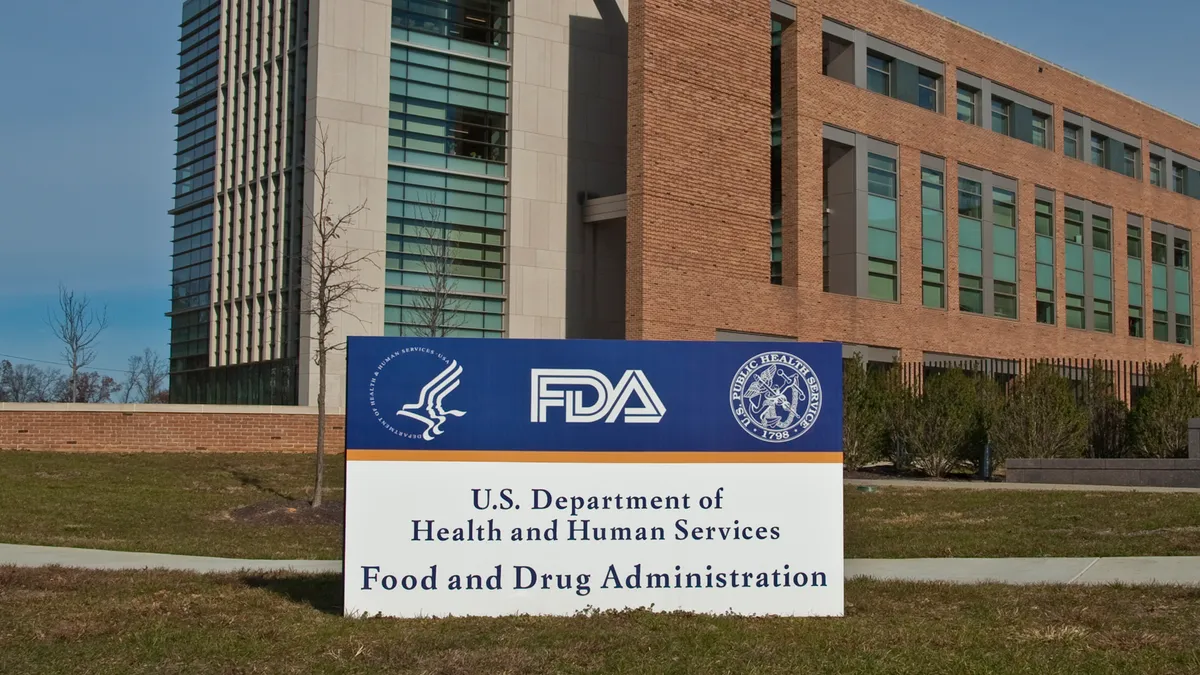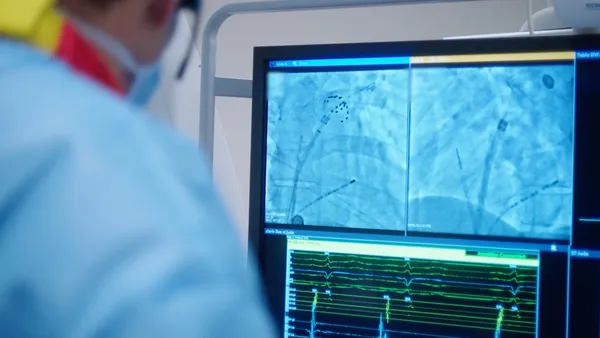Dive Brief:
-
AdvaMed has pushed back against FDA guidance it fears will deter development of medical devices designed to treat children and other populations with rare diseases.
-
The FDA drafted the guidance to show how companies can streamline the development of products to treat rare conditions, but AdvaMed thinks the agency’s position will shackle the sector.
-
AdvaMed wants the FDA to tweak its guidance on the humanitarian device exemption (HDE) program to ensure it encourages the development of products for niche patient populations.
Dive Insight:
The HDE program has been through multiple revisions over its nearly 30-year history, but its purpose remains unchanged. Through the program, the FDA frees devices from typical efficacy requirements, provided the products are safe and designed to treat rare, unmet medical needs. Typically, humanitarian use devices (HUDs) cannot be sold for a profit but legislators have relaxed this restriction in some circumstances.
One of the central criticisms of the FDA’s draft guidance centers on the method for determining if a product is eligible to turn a profit. HDE-cleared devices can make a profit if they are intended for use in patients who are younger than 22 years of age. Equally, a device can be profitable if the disease treats or diagnoses does not affect young people if it is “impossible, highly impracticable, or unsafe” to develop it in this subpopulation.
The FDA guidance prohibits the use of economic factors, such as the cost of clinical development, as a basis for pediatric development being “impossible” or “highly impracticable.” AdvaMed disagrees with the FDA’s stance.
“Pediatric populations are typically broadly, geographically dispersed and few in number,” AdvaMed wrote in feedback to the FDA. “One has to open many sites to recruit a small number of patients within the targeted subpopulation. The cost of opening and managing many investigational sites discourages companies from even considering the HDE pathway, particularly if profit is prohibited.”
To bolster its argument, AdvaMed cites the example of a company that spent $15 million to test a device in 40 pediatric patients across 15 trial sites. AdvaMed thinks this justifies the use of economic factors as the basis for the impossibility or impracticability of pediatric development.
The trade group is also concerned about FDA’s advice to its staff on how to assess whether a device developer has demonstrated the “probable benefit” of a product. Companies following the HDE process are exempt from the efficacy data requirements of other device pathways but must still show the probable benefits of their products outweigh the risks.
Exactly how companies will show probable benefit is too unclear for AdvaMed’s liking. The guidance states non-clinical testing can “obviate or reduce the need for clinical testing,” leaving scope for the FDA to request data from humans without articulating the type of study it would demand. AdvaMed wants the final guidance to clarify that “prospective randomized controlled trials are not necessary to demonstrate probable benefit.”
The FDA stopped accepting comments on the draft this week. The agency is now reviewing the comments with a view to finalizing the guidance and having it supercede a text it issued in 2010.










